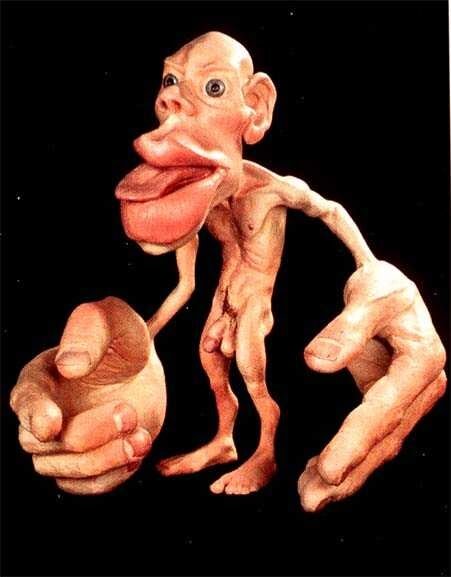‘Transness‘,
Or ‘being trans’, is for many a direct experience of ‘becoming-‘.
Trans– is a Latin prefix meaning “across”, “beyond”, or “on the other side of”.
In the case of today, the other side would be that of gender and gender identity. But there are many different ways we find ourselves crossing the other side of ourselves. Beyond ourselves. Becoming-Transhuman.
Post– means coming after. Later. In many ways, it can also mean beyond.
Post-human. What comes after the human.
Trans-human. What lies on the ‘other side’ of the human.
This doesn’t mean that the former is overcoded by the latter. I’m not here to say which is ‘more true’.
Posthumanism isn’t ‘more true’ than humanism, it’s a matter of difference. Of variety. Of style.
It’s a case of being open to difference in the idea of the ‘human’ as something which can venture beyond itself.
To be open to a ‘Human Subject’ which can represent itself in new ways. Because it enjoys difference, or an emergent ontology.
When one things become many, Deleuze and Guattari famously call this “Pluralism = Monism”.
This = that + that + that…
Human = Cyborg + transhuman + posthuman…
‘Becoming-‘
Representing oneself as beyond oneself. In other words: to represent oneself by difference.
Non-binary is a good example of difference, it simply means different from the (gender) binary.
Where the binary simply tries to represent itself, non-binary is an attempt at representing difference-itself. It smooths out the striated space of the binary with a spectrum. It deterritorializes the landscape of the binary.
